

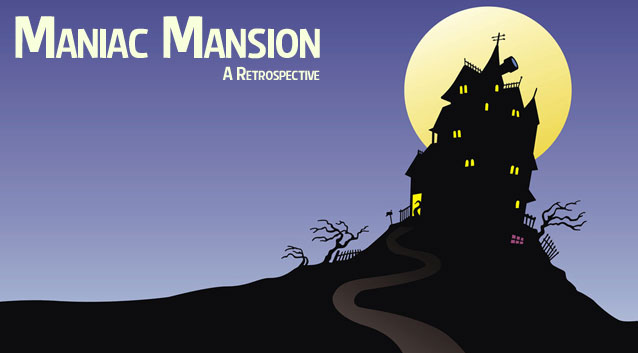
Adventure games are back in the spotlight with Double Fine Productions' successful Kickstarter bid last month to create a new point and click adventure game creating much talk. Tim Schafer of Double Fine Productions considered the adventure game genre to be too niche and stated in his Kickstarter pitch that, "if I were to go to a publisher right now and pitch an adventure game, they'd laugh in my face".
Yet at over three million dollars raised for the project, it has become the most successful Kickstarter project to date. What is it about the adventure game genre that has created this wave of support for Double Fine's project? Is it just nostalgia? To try to find the answer to that question, I needed to look back at the very first adventure game that captivated me. That game was the seminal Maniac Mansion.
 

Maniac Mansion was an adventure game made initially for the Commodore 64 platform (and would be later ported to many other systems) by Lucasfilm Games (later known as Lucasarts). The setting takes place in an old creepy mansion inhabited by the Edison family of Dr Fred, Nurse Edna, their son Weird Ed, and two tentacle aliens. The game starts with the protagonist Dave coming to the mansion with six of his high school friends to find his missing girlfriend Sandy who has been captured by Dr Fred.
The idea for the game was originally created by Gary Winnick and Ron Gilbert, the latter of whom is now working for Double Fine with Tim Schafer on the aforementioned Double Fine Adventure game project. The theme for Maniac Mansion came from Winnick and Gilbert's love of old horror B movies and embraces many of the tropes found in such movies for the setting of the game.
Upon watching his eight year old cousin play King's Quest by Sierra, Ron Gilbert noticed a flaw in the design in that the player had to "second guess the parser". Sierra's adventure games had graphics and animations, that he felt added to their appeal compared to older adventure games that were composed entirely of text. However, the player had to guess what verbs and nouns that the designer had in mind. It was too easy to become frustrated, for example, if you wanted to "look at tree" when the designer wanted you to specifically type "look at shrub". Gilbert wondered why he couldn't just point at the image on the screen to interact with it. Until this point, no specific genre had been decided for Maniac Mansion, but with this epiphany, it was concluded that it would be an adventure game with a menu of specific verbs that the player could use to interact with items and the game world.
A scripting language called SCUMM (Script Creation Utility for Maniac Mansion) was developed for use with the game and would go on to be reused and modified for many other LucasArts games such as Zak McKracken and the Alien Mindbenders and The Secret of Monkey Island.
The refining of the adventure game interface here with Maniac Mansion was what made it such a successful game and helped to further popularize the adventure game genre. However, it was by no means perfect. The fourteen preset verbs would later be narrowed down to fewer verbs in The Secret of Monkey Island, with later adventure games reducing this down to a single "use" verb. It was also possible for the player to be lead into a dead end no win situation. This would be changed in The Secret of Monkey Island where the dead end scenarios and deaths were removed.
Yet despite these possible flaws, it's still an incredibly memorable game that was the catalyst for further original adventure games enjoyed by many.
As a child, I loved the corny humour and characters in Maniac Mansion and felt compelled to design my own original box art for it:

The characters that the player uses are the protagonist Dave, and an additional two characters from the available six. Each character had different abilities. Razor and Syd were musicians, Michael was a photographer, Bernard was a computer nerd, Wendy was a writer, and Jeff was a surfer dude. The different characters with varying skills enabled multiple ways to complete the puzzles and gave the player more choice in deciding how to play the game. Ron Gilbert said in his GDC talk on the game last year that having so many possible player characters made it a nightmare for the development team to keep track of, which is why the game isn't completely devoid of bugs. There was only a single tester employed on the game and no modern game testing methodologies were used. Nor could any bugs be patched post-release as is the case with games now, so a game with the complexity of Maniac Mansion was not without problems.
However, the use of multiple characters and the refinement of the interface of adventure games with the SCUMM engine made player agency possible. Players could use the specific verbs to interact with the game world which could lead to such possibilities as putting a hamster in a microwave and cooking it alive. Can you imagine the furore from PETA if such a situation was possible in a modern game? Nonetheless, that example represents the freedom that the player had to experiment with the game world to solve the puzzles and use items together to see what could happen.
David Fox, a programmer for Maniac Mansion, compares adventure games to a Rube Goldberg machine that has a humorous story. The player puts all the bits and pieces together to make the puzzles work, and a humorous story is what joins it together. The puzzles and the story work in tandem.
Regarding story, Maniac Mansion was innovative by developing the cutscene that are ever-present in games today. This was the game that coined the word cutscene. The term can be seen in the game's code:
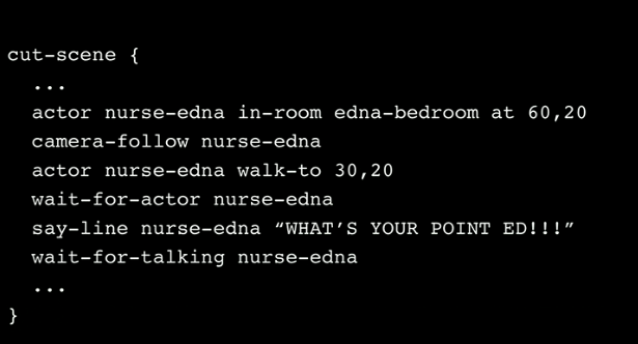
 A common criticism of cutscenes in modern games is that they are jarring as they remove the player from the game and force the player to become a mere observer instead of an active participant. This was not so much the case with Maniac Mansion though as in this game instead the cutscenes not only furthered the narrative, but they also had a gameplay function to inform the player what was happening at the house during specific moments in the game, such as what the Edison family and other non player characters were doing at specific timed intervals. The player could then take advantage of this information to solve the puzzles in the game. Ultimately, Maniac Mansion was a game made by people given the creative freedom to create something new. The developers at LucasArts were barred at the time from using their parent company's Star Wars product for games, so they were forced to innovate and make games based on original material. Maniac Mansion was a result of that environment, and it was a game that was not perfect, had limited testing before being released commercially, and didn't even have a design document. This was game creation on the fly without the understanding of how important it would come to be. Yet the result was a memorable game that went on to inspire many such other games and demonstrated that success can come from just doing something and not knowing what the outcome will be.
Looking back at Maniac Mansion and how influential it was, it's not difficult to understand why Double Fine has had such success from the public with raising funds via their Kickstarter bid to create an old school point and click adventure game. Hopefully Double Fine can capture for their new adventure game some of the magic that made Maniac Mansion so memorable.

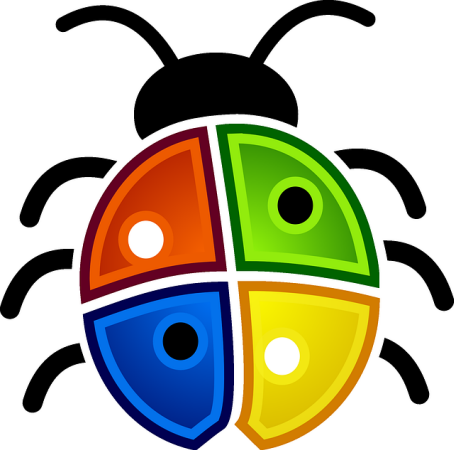
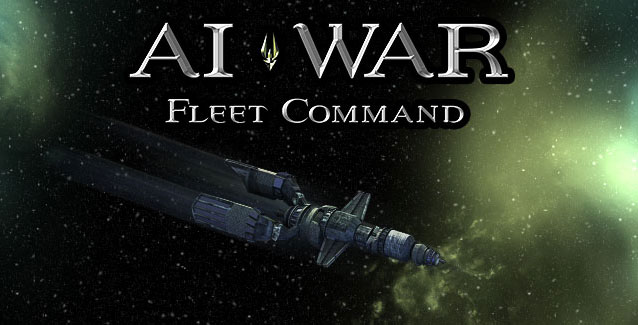
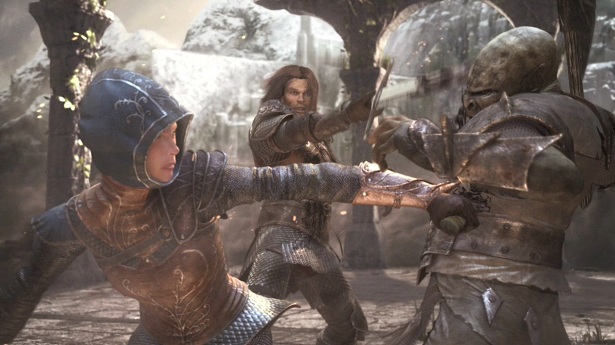
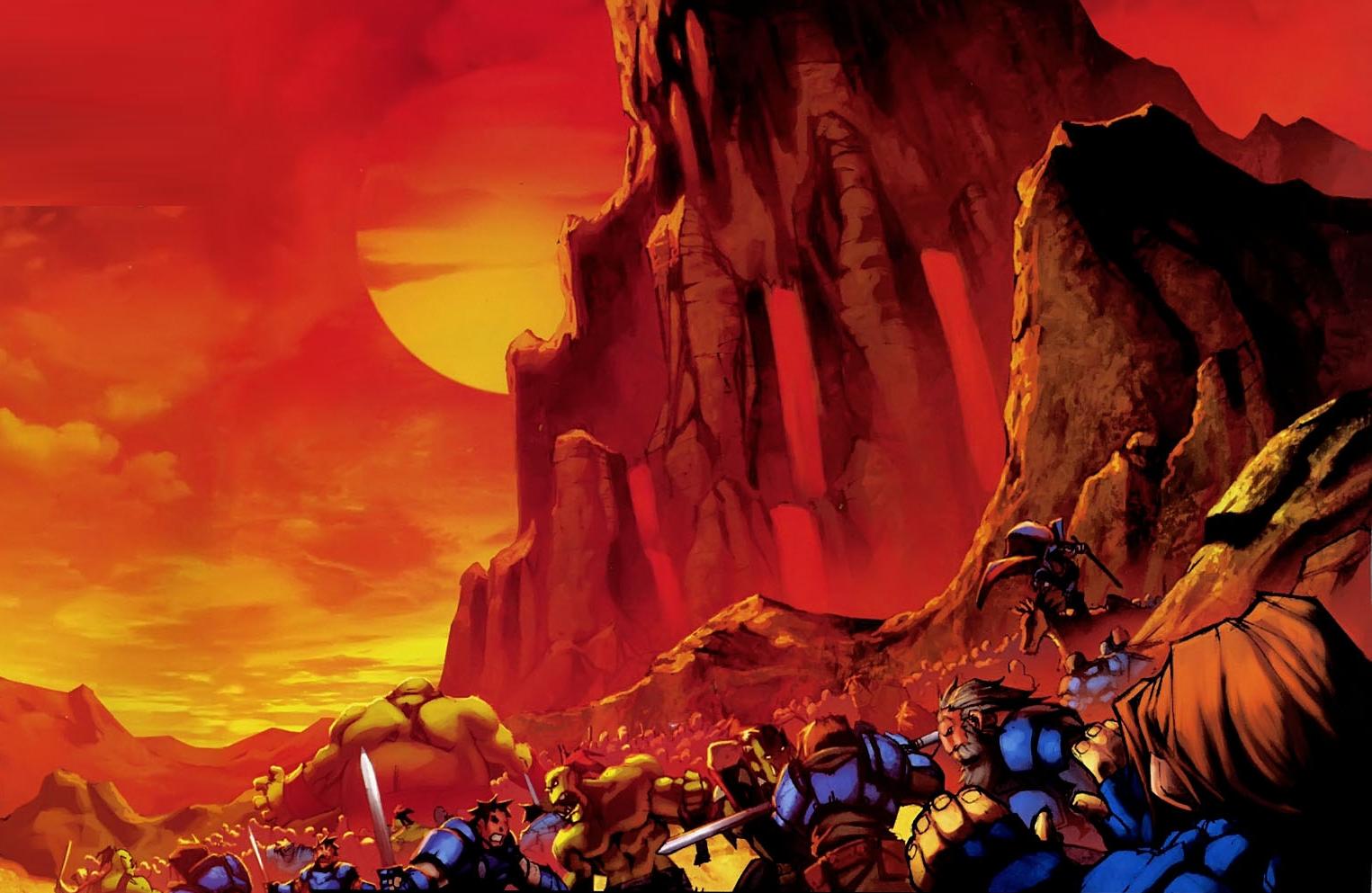 Hearthstone Guide: Bosses of Blackrock Depths
Hearthstone Guide: Bosses of Blackrock Depths The First Templar Walkthrough
The First Templar Walkthrough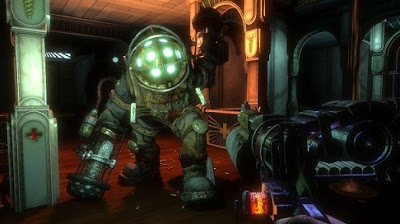 10 Most Popular video games Based on Books (2015)
10 Most Popular video games Based on Books (2015)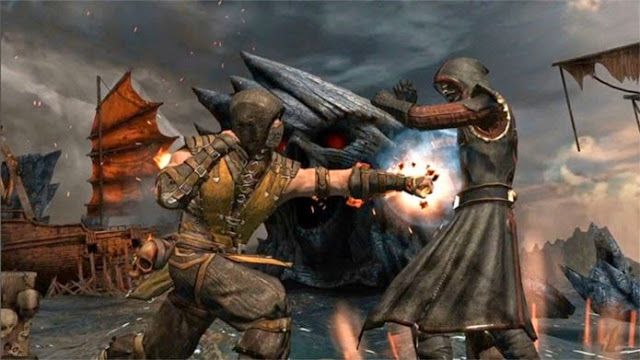 Mortal Kombat X (iOS / Android): gameplay tips
Mortal Kombat X (iOS / Android): gameplay tips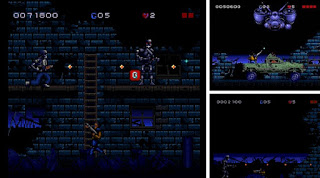 10 most memorable Video Games inspired by Terminator - 2015
10 most memorable Video Games inspired by Terminator - 2015